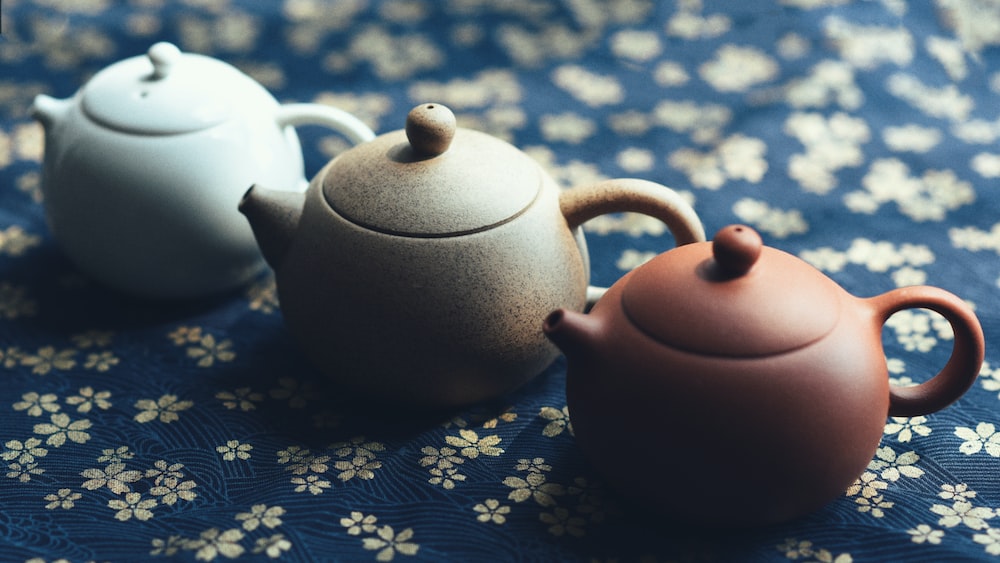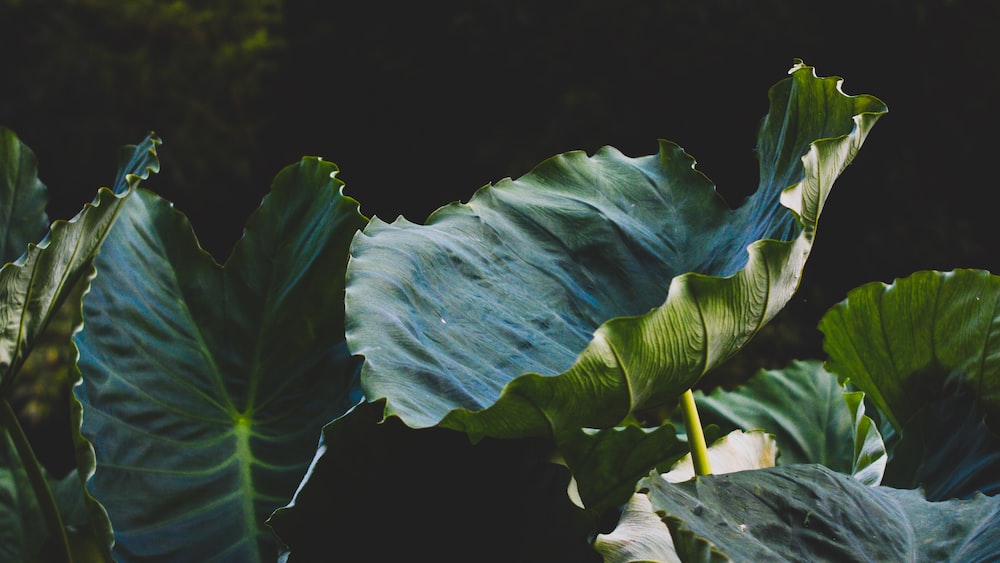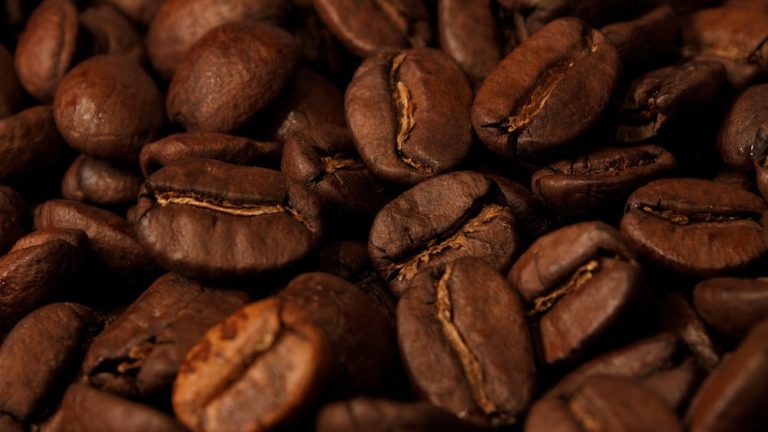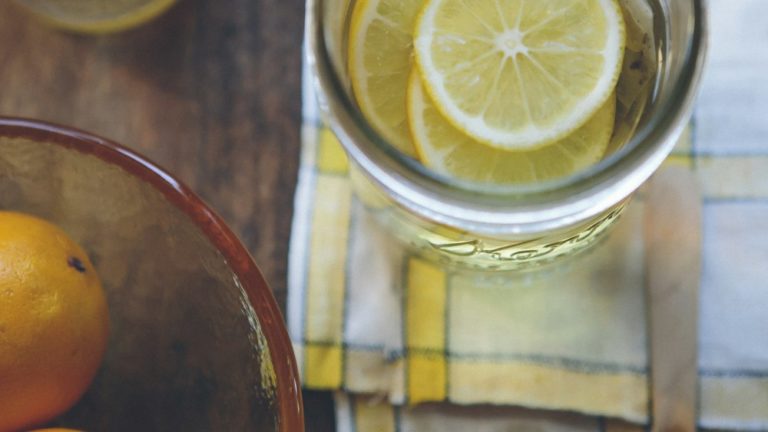What Does Taro Milk Tea Taste Like? Explained By Experts

What Does Taro Milk Tea Taste Like? Explained By Experts
Howdy, my tea-lover friends! Have you ever wandered into a bubble tea shop, glanced over the near-infinite menu, and found yourself caught like a deer in the enchanting headlights of a strange yet alluring beast called taro milk tea? Why is it regally purple? Why do my taste buds do a jubilant somersault every time I have a sip? These questions have kept me awake on many a night, as I’m sure they’ve done to you.
Ever had a phantasmical flavor so surreal you think it might just transcend taste? It’s quite akin to licking a unicorn (not that I’ve tried). The flavor is different, exotic, convoluted – it’s like trying to describe a color to a blind person. But, worry not, my fellow flavor adventurers, for I’ve ventured into the heart of this taste riddle to reveal all, well… most secrets behind the mystical taro bubble tea.
Buckle up, grab your tea mugs (no judgment if they look like wine glasses), and together let’s jump down the rabbit’s burrow to understand this beguiling guest in our tasting adventure, the taro milk tea. But first, let’s tackle the elephant in the room: What on earth is Taro?
What is Taro?
The name wouldn’t miss a beat in a nursery rhyme, would it? Taro, taro, where art thou? Well, taro answers with an earthy echo, as it is essentially a root vegetable, primarily cultivated in Asia, Africa, and other tropical parts of the world.
Characteristics of Taro
Picture this: A bulbous tuber with rough, brown skin that’s innocently hiding a surprise within. A starchy white or light lavender flesh, sprinkled with tiny speckles. That’s Mr. Taro Root. Quite appealingly very potato-like in texture and feel, but this one’s got the added bonus of a nutty taste. From the humble soils of the land it grows in, taro carries an earthy essence about it, making it a cherished element in many regional cuisines world-wide.
But make no mistake, folks. Taro is no one-trick pony. It comes bearing gifts of dietary fiber, vitamin E, and hefty amounts of potassium, just to name a few. This root vegetable is an all-rounder, a perfect ingredient for those of you seeking the holy grail of taste and nutrition.
And if you’re about to ask, “But, mate, how does one use this funky potato-wannabe?” Voila! Your question serves as a pefect segway to our next pitstop: taro and its roles in worldwide cuisines.
Taro root is a versatile and nutritious ingredient with a nutty taste, high in dietary fiber, vitamin E, and potassium, making it perfect for those seeking both taste and nutrition.
The Use of Taro in Different Cuisines
Believe it or not, taro root is one dexterous fellow, effortlessly mastering many culinary roles. From being a significant player in Asian and African cuisines, either boiled, fried, or whipped into a smoothie, it knows its part. It’s like the pixie dust of food; sprinkle it, and it transforms the dish.
In the tropics, imagine it as the understated Clark Kent, typically hanging out boiled in soul-warming soups or stews. But it doesn’t stop there. In South Asian cuisines, taro root often undergoes an identity swap – from its starchy, earthy avatar into a crisp, flavorful snack, when thinly sliced, fried, and sprinkled with a somersault of spices.
Understanding the Taro Root Taste
So, what does this chameleon of a tuber taste like? Well, don your culinary explorers’ hat because we’re about to dive deep into the taste profile of the taro root.
Comparisons with Other Flavors
With a repertoire as diverse as Mr. Taro’s, one can’t blame taste buds for being a tad confused. Striving to place that not-quite-potato, yet not-quite-nuts flavor can be akin to finding Waldo.
But let’s give it a whirl for your palette’s sake. Slice open that earthy packaging to find a mildly sweet, subtly nutty taste flirting with the starchy texture of a sweet potato. Or perhaps it is the whisper of vanilla sometimes described by people that leaves an imprint of sweetness on the tongue.
The Role of Taro Root Smell in its Taste
Remember how as kids (or let’s be real, even as adults), we’d pinch our noses to brave a bite of that terrifying vegetable, absolutely convinced the lack of smell would miraculously nullify the taste? Funny enough, there’s science backing our juvenile experiments.
Research indicates that up to 80% of what we perceive as taste comes from our sense of smell. The aroma, or lack thereof, plays a crucial, though rather unsung part in defining a food item’s taste. Taro root, with its slightly sweet, earthy smell, owes its taste to this aroma profile.
The taro’s sweet, almost floral, aroma serenades the olfactory senses, before its starchy texture dances with the taste buds. It’s a harmonious concert, a symphony between the smell and taste – a dance where the scent leads and the palette follows.
The Making of Taro Milk Tea
Now that we’ve literally dug into taro, let’s tackle the other half of this equation: taro milk tea. The scientific mystery, the magic trick, the “how in heaven’s name did they turn a vegetable into a dessert?” part.
Why Is Taro Milk Tea Purple?
The eccentric million-dollar question hanging amid our tea-sipping endeavors: Why is our beloved Taro Milk Tea, purple? Well, my friends, brace yourselves for a jaw-dropper. We owe it to a sneaky little ingredient embellished with the title of “Purple Food Coloring.” I know, I know, somewhat anticlimactic.
Taro root, in its natural glory, is, disappointingly, not significantly purpley. The pop of color does make the drink look like it was brewed in Willy Wonka’s factory (adding another hint of brilliantly confusing illusion). A part of the magic, though, is the use of purple taro varieties, whose vibrance is then boosted with a careful touch of food coloring.

However, this doesn’t alter the authentic taro boba tea taste. So, even though we may not imbibe genuine purple taro roots with our bubble tea, we can fuss less about the color and focus more on the exciting blend of sweet, earthy, and creamy flavors dancing on our tongues.
How Is Taro Bubble Tea Made?
Taro bubble tea, the revered elixir of all taro lovers, is made in an enchanting process that seems to be plucked straight out of a root vegetable-lovers fairy tale. This engaging escapade starts with preparing the main character of our story, the taro. This root vegetable is first peeled and cooked until it’s as soft and mushy as the heart of a taro fan when they spot their favorite beverage.
Once the taro has been fully prepped and is ready to rise to stardom, it’s then mashed or blended into a paste. This sweet and creamy taro paste is then mixed with milk or cream, sugar, and, to add a little whimsy, some vibrant hot pink or purple food coloring. Still with us? Hold onto your teacups, the best part comes next.
Pearl-shaped tapioca balls, the ‘bubbles’ in bubble tea, are then added to the mix. It’s like dropping soft, chewy meteorites into a frothy galaxy of taro flavor. The final step is to shake it all up and pour over ice – and voila, your taro bubble tea is ready to be savored!
The Taste of Taro Milk Tea
Ah! The taste of taro milk tea. It’s an experience not unlike stumbling upon a purple unicorn in a leafy forest – unique, magical, and slightly perplexing. Taro milk tea has a flavor profile as eccentric as its vibrant hue, a taste that manages to be sweet, creamy, and yet subtly earthy – truly a flavor symphony in a cup.
Flavor Profile of Taro Milk Tea
Diving into the mystical taro ocean, you’d be greeted first by the gentle sweetness. It’s not overly sugary, no, it doesn’t smack you in the face. It’s more of a pleasant whisper of sweetness that glides smoothly on your palate, like a graceful ballet dancer on an azure stage.
Then comes the creaminess – the milky, velvety texture that fills your mouth and wraps your tongue in a silken embrace. But just when you think you’ve uncovered all that taro milk tea has to offer, it surprises you with a subtle earthiness that lies beneath its sweet and creamy facade.
Yes! The taste of taro milk tea is a vibrant waltz of subtly sweet, luxuriously creamy, and intriguingly earthy notes. It’s an indefinable blend that leads the curious taste buds on an exciting exploration, promising a different twist at each sip.
The taste of taro milk tea is a vibrant waltz of subtly sweet, luxuriously creamy, and intriguingly earthy notes.
Factors Influencing the Taste of Taro Milk Tea
However, the delightfully complex flavour profile of taro milk tea can vary. The first factor lies in the quality and age of the taro roots used. Younger roots often have a sweeter punch, while older roots lean towards a richer, more robust earthiness. It’s like comparing a sprightly teenager to a wise old sage – both great, but different in essence.
The other variable playing maestro to the symphony of flavors is the preparation method. The use of different proportions of ingredients, the choice of milk (or cream), the addition of sweeteners – they all contribute to modifying this tantalizing taste. It’s akin to being at a concert where the conductor makes all the difference.
Popular Taro Milk Tea Variations
Variety, as they say, is the spice of life. And when it comes to taro milk tea, the world of variations is as colorful as a painter’s palette. Let’s brew a bit further into this wonderfully whimsical world.
Different Toppings for Taro Milk Tea
Who could resist the temptation of a topping, especially when they’re bobbing atop a frothy sea of taro milk tea? The most conventional and beloved one is the inclusion of various chewy or jiggly toppings that dance their merry little waltz in your tea. Tapioca pearls, jellies, or popping boba do not just elevate the taste adventure but also add an interesting twist to the texture.
However, if you dare to venture a bit offbeat, cheese foam is another contrasting yet surprisingly palatable addition. This salty, creamy top layer blends beautifully with the sweetness of the taro, creating an intricate dance of contrary flavours.

Then there are the ones like pudding, aloe, or even red beans. Each boasts their own unique texture and taste, adding yet another flavor to the fiesta, another color to the rainbow.
Variations in Taro Milk Tea Recipes
With creativity running wild in the kingdom of taro milk tea, recipes continuously evolve, catering to a plethora of different taste buds. Some prefer their taro milk tea to taste just like the traditional Taiwanese version – which is a rich, creamy concoction sprinkled with a healthy dose of earthy flavor.
Some like it sweeter, contributing to an even more dessert-like experience. Want something a tad more refreshing? Add a splash of fruit-infused teas. And there are the brave adventurers, the ones who throw in a quirky twist of spice or a grand dollop of chocolate. The possibilities are endless!
So, whether you’re a taro purist or an experimental enthusiast, there’s a version of taro milk tea concocted just for your palate!
Health Benefits and Considerations of Taro Milk Tea
While taro milk tea is indeed an ecstatic adventure for the taste buds, one also needs to consider the potential health implications that come with this delicious journey. With its smooth creaminess and pleasing sweetness, it’s easy to overlook the fact that taro milk tea can pack quite a punch in terms of calories and sugar. However, fear not, fellow taro voyagers, because where there’s a root, there’s a way!
Nutritional Value of Taro Milk Tea
Taro Milk Tea, believe it or not, is not just a party in your taste buds but it also brings the nutritional party to your body. Taro, the primary ingredient in the drink, is a root vegetable which is a rockstar when it comes to nutrients. It depicts an enthralling performance on the stage of nutritional values as it is packed full of fiber, vitamin C, vitamin E, B-vitamins, magnesium, potassium, and other antioxidants. It’s like the espresso shot of nutrients, providing a quick perk-up to your daily diet.
Making this colorful beverage a part of your routine helps you get a considerable portion of your daily nutrients need in a fun, the same way as eating a vegetable salad would. Perhaps a vegetable salad that dances on your tongue and performs a standing ovation in your belly.
On the other side though, the addition of milk, sugar, and the infamous tapioca pearls (the very essence of every bubble tea) adds to the caloric value of the drink. So while the taro root offers a range of nutrients, the final nutritional value of your taro milk tea will depend on what else goes into your cup. A lesson to learn here is, if you go overboard with the add-ons, you might not get the nutritional bang for your sip of Taro milk tea.
Potential Health Risks and Warnings
Taro milk tea is like that deceptive friend in your pack who seems all good vibes, but there are potential downsides you should be aware of. We’re all adults here, right? So, let’s have a chat about the elephant in the room. The pitfalls of this purple potion, lurking between the layers of creamy goodness and boba beads, are primarily linked to its sugar content.
High intake of sugar is known to contribute to obesity, diabetes, and other heart diseases. Then, there’s the star of our show – Taro. Although packed with an army of nutrients, it may pose an allergic risk to some individuals. Hence, as with anything else in life, the best way to enjoy taro milk tea is in moderation.
FAQs
1. Why does Taro Milk Tea have a unique taste?
The uniqueness of Taro Milk Tea’s taste can be credited mainly to its star ingredient – taro. The earthy, slightly nutty flavor profile of taro, when combined with milk, bubblebase, and sugar, provides an eclectic taste experience. Its creamy, slightly sweet, and refreshing taste mimics the feel of a dessert, yet offers the comfort of a warm tea.

2. Is Taro Milk Tea suitable for everyone?
Taro Milk Tea, like any other drink, might not suit everybody. Individual allergies to taro, lactose intolerance, or dietary restrictions can limit some people from sipping on this delightful drink. However, for most tea enthusiasts, taro milk tea is a unique and enjoyable beverage.
3. How does the preparation method affect the taste of Taro Milk Tea?
Well, the preparation method greatly affects the taste of Taro Milk Tea. The quality of the taro and the technique used to extract its flavor dictates the depth and richness of your drink. The balance in blending the ingredients can swing your cup from a dessert delight to a lighter, refreshing beverage.
4. Can I make Taro Milk Tea at home?
Absolutely! Making Taro Milk Tea at home is feasible. With the right ingredients, a little patience, and an adventurous culinary spirit, you can brew your own creamy, dreamy taro milk tea right in your kitchen. Bonus? You get to control the sugar levels and portion size!
Conclusion
So there we have it, a deep-dive journey into the world of taro milk tea. From understanding the root (pun intended) of its unique taste, the nutritional adventure, and its flip side, we have stirred up quite a brew. So whether you’re in the mood for a refreshing beverage or an indulgent dessert, taro milk tea can elevate your regular tea time.
Explore the variations, tinker with the toppings, switch up the bubblebase, or stick to the classic; the vibrant world of taro milk tea is your playground. But remember, like the superhero who has a dark side, your vibrant cup of pleasure comes with its own set of warnings.
So sip responsibly! The next time you order that purple, frothy goodness, you know what’s swirling in your cup. Until then, keep experimenting, keep sipping, and keep spreading the tea-vibes. Sip you later!
Zoe.






